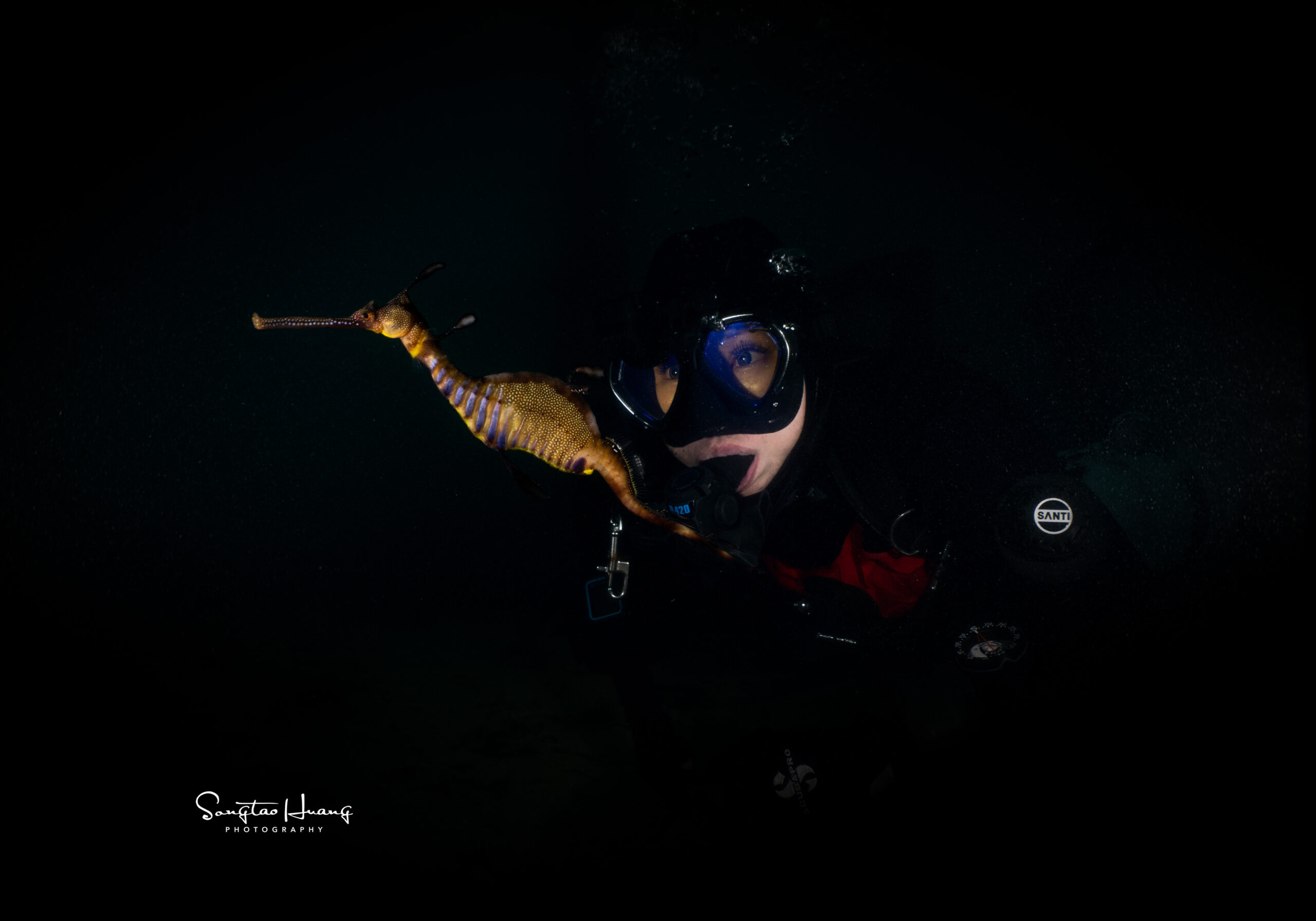
How to prevent dive mask from leaking?
Few things are as frustrating as a continuously leaking dive mask during snorkeling or scuba diving. Not only does a leaking mask distract you from the underwater wonders you’re there to observe, but it also hampers your ability to fully appreciate the experience while negatively affecting your air consumption. Fortunately, there’s good news: by following a few simple steps, you can achieve an excellent seal and effectively prevent water from seeping into your mask.

Does your mask fit?
Make sure you test the mask for proper fitment before you purchase it! Each individual’s face shape, including its width, narrowness, cheekbones, and brow structure, differs.
One way to assess the mask’s seal is to place it on your face, move the strap aside, and inhale through your nose to create suction. If the mask comfortably and snugly adheres to your face without any discomfort, you should have a good seal. You can also test the mask’s seal by moving your mouth or, if possible, placing a regulator or snorkel in your mouth to observe if facial movements easily break the seal. It is important to note that some masks may appear to have a secure suction until the slightest facial movement occurs. Additionally, it is advisable to avoid masks that are excessively small or create an overly tight vacuum, as they can potentially cause facial bruising.
Did you overtighten the mask straps?
Many divers mistakenly believe that tightening the strap will fix a leaking mask. However, in reality, this approach does not force the mask to create a seal but instead deforms the skirt, leading to even more leakage. The actual factor that holds the mask against your face and facilitates the seal is the water pressure. Once you have put on your mask and ensured there are no obstructions, tighten the mask as you normally would. Then, while holding the mask with one hand, use your other hand to release the tension on one of the buckles. The intention is to alleviate any excess tension on the strap, not to loosen it. This technique should help attain the proper tension for your mask and enhance its sealing ability.
Is there anything trapped underneath the skirt of your mask?
To prevent water from entering the mask through the skirt, it’s crucial to be mindful of various factors such as eyebrows, hair, hoods, skirt folded, sand or mustaches. These objects can disrupt the seal and allow water to seep in. Before wearing the mask, the first step is to pull your hair back, ensuring it is away from your forehead. If you’re wearing a hood, take a moment to run your finger along the edge of its opening, ensuring that the skirt is in direct contact with your skin and not overlapping the neoprene material.
For gentlemen with mustaches, it is preferable to shave them off to avoid interference with the mask seal. Alternatively, you can apply a small amount of silicone grease or lubricant to the portion of the mask’s skirt that comes into contact with your mustache. However, remember to avoid petroleum-based products like Vaseline, as they can deteriorate the silicone skirt and reduce the mask’s lifespan.
Did you breathe out through you nose?
If you find that water keeps leaking into your mask while using it, try clearing out the water and then pinch your nose to see if the leaking stops. If it does, then that is likely the issue. Some individuals naturally exhale slightly through their nose instead of solely through the snorkel or regulator. If this applies to you, it may require some practice to train yourself to only exhale through your mouth.
Did you put sunscreen all over your face?
Sunscreen could reduce the friction between the skirt and your face, therefore increasing the risks of mask leakages. If it is essential for you to shield your face from the harmful effects of UV, consider applying sunscreen to areas of your face that do not come into contact with the mask. Pay particular attention to sensitive areas such as your forehead, ears, and the back of your neck. By focusing on these regions, you can strike a balance between sun protection and maintaining a proper seal with your mask.

Hopefully with these simple tips you can effectively prevent mask leakage and enhance the overall enjoyment of your dives!

If you need any help, we’re right here! We’d love to be a part of your underwater adventures! If you’d like more information or to make a reservation, fill in our online contact form, or send us an email to: info@oceandivers.com.au
Ocean Divers is a PADI Five Star Instructor Development Centre and a Scubapro Platinum Dealer. Established since 1972, Ocean Divers is the longest operating dive store in Melbourne.
We look forward to scuba diving in Melbourne with you soon!




